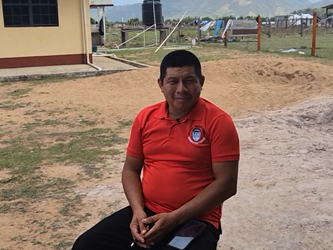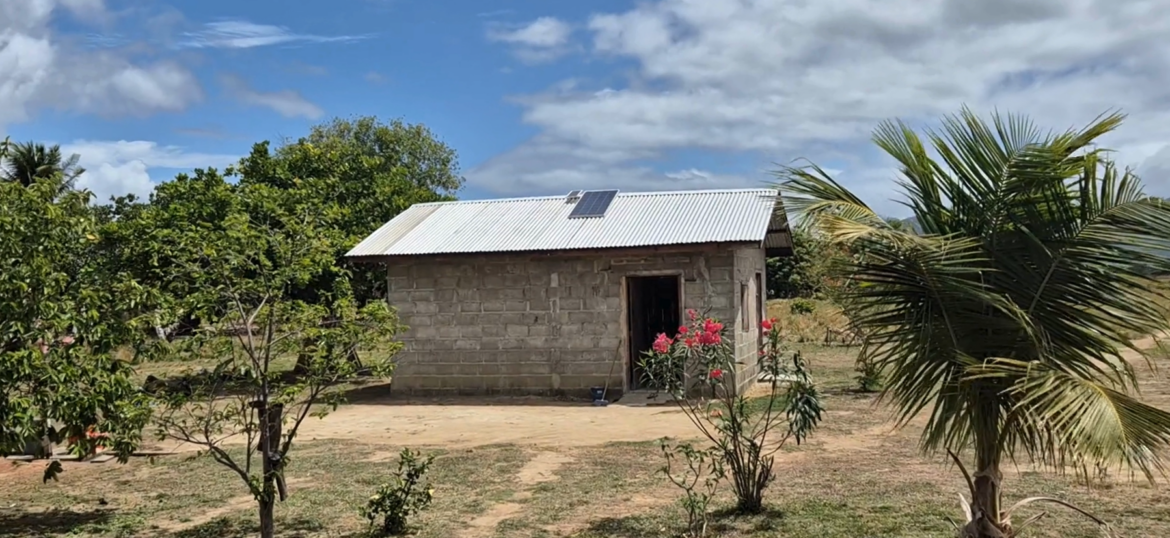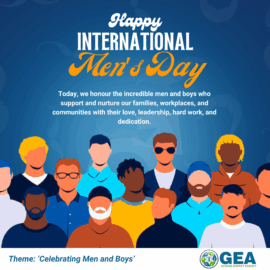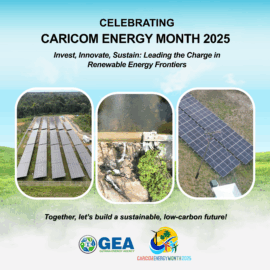The 30,000 Solar PV Home Energy Systems (SHE) Project aims to expand renewable energy access in Hinterland and riverine communities that are not connected to the electricity grid.
Region Nine, Upper Takutu-Upper Essequibo, June 04, 2025 – Access to affordable, reliable, and sustainable electricity is critical for advancing socio-economic development in Guyana. Renewable energy technologies provide a practical, long-term solution for expanding electrification opportunities across the country’s ten Administrative regions, particularly in Hinterland and riverine communities that are not connected to the national grid.

In July 2023, the Government of Guyana launched the 30,000 Solar Photovoltaic (PV) Home Energy Systems (SHE) project. This off-grid solar PV initiative is aimed at expanding renewable energy access in Hinterland and riverine communities that are not connected to the electricity grid. Additionally, the initiative aligns with the vision of achieving equitable energy access, as outlined in Guyana’s Low Carbon Development Strategy (LCDS) 2030. It also contributes to the achievement of Sustainable Development Goal (SDG) 7, which aims to ensure the availability of affordable, reliable, and modern energy supply for all.
The Government, in 2022, received financing from the Government of India through a Line of Credit (LOC) for the supply and delivery of the 30,000 solar PV home energy system units. Each system distributed to beneficiaries is designed to power two 9-watt LED lamps and a 12-watt stand-alone fan, and it is also equipped with a USB port for charging portable electronic devices.

The Communities of Moco Moco and Karasabai
For residents of Moco Moco and Karasabai, the renewable electricity provided through the initiative is not merely a convenience but an essential resource that supports domestic tasks, education, agriculture, and security. It helps to pave the way for a brighter future across the communities.
During a recent interview, community members expressed their gratitude for the initiative and highlighted the various ways that the solar home energy systems are enhancing daily life in their homes.
According to Samantha Jonas, Deputy Toshao of Moco Moco Village, she now has reliable lighting that allows her to work at her convenience. It also enables her family to complete household chores easily and it provides her children with the opportunity to do their homework and enjoy recreational activities.

“Solar panels are an effective way of producing electricity. It not only helps to protect the environment, but it also gives free electricity to the homes and families for them to use it as needed,” said Jonas.
Alton Primus, also a beneficiary of the initiative, shared similar sentiments. He mentioned that he and his family received the solar home energy system in 2024, and it has been beneficial.
Primus said that the two LED lights are particularly efficient at night, and the USB charging port allows them to charge their cellphones. He added that his son is now able to complete his homework and assignments using the lights without any interruptions.
“The solar home system has been very beneficial for me and my family,” said Primus.
Additional investments to improve access to renewable energy in the community of Moco Moco include the recent commissioning of the 0.7-MW Hydropower Plant.
For the first time in Guyana’s history, a hydropower plant, solar farm, and diesel generators are working together to provide energy. Two other small hydropower projects are also being implemented in other areas – a 1.5 MW hydropower plant in Kumu, Region Nine, and a 0.15 MW hydropower plant in Kato, Region Eight (Potaro-Siparuni).
In the nearby community of Karasabai, Toshao David Albert said he and his family received the solar PV home energy system in August 2023, and they are extremely grateful for the daily benefits it provides.
They can now carry out various household chores with ease, his children can do their schoolwork comfortably at home and the lighting enhances security around the home, especially at night.

The Toshao further explained that the 46.5-kW solar PV mini-grid in Karasabai, commissioned by the Honourable Prime Minister, Mark Phillips, in 2023, has contributed to expanding access to renewable energy in the community, powering several key government buildings throughout the community, including the village office, Regional Democratic Council (RDC) office, hospital, village guest house, and the Amerindian hostel.
“…We are very grateful because we have been able to do our typing work, charge our phones, and have lighting at night. It has also helped us improve security in our buildings and surroundings,” said the Toshao.
Guyana has made significant progress in clean and renewable energy development over the past five years, driven by accelerated efforts to build a resilient energy sector that benefits all Guyanese.

These efforts have focused on creating a more integrated and efficient energy system that combines a mix of solar, wind, natural gas and hydropower energy to support the rapid transition to indigenous, low-carbon resources. The aim is to expand affordable, reliable, and stable energy access nationwide, and actively reshape the local energy landscape. Overall, the national goal is to ensure energy security, foster economic growth, and attract innovation and investments at the national, regional, and international levels.
The project has added a total of 4.8 megawatts (MW) of installed capacity across the ten Administrative regions. Additionally, the project has benefitted over 245 communities and more than 136,863 individuals.
Currently, an additional 7,300 home energy systems are being distributed to households nationwide as part of the project’s expansion. To date, 37,230 households have benefitted from the initiative.




